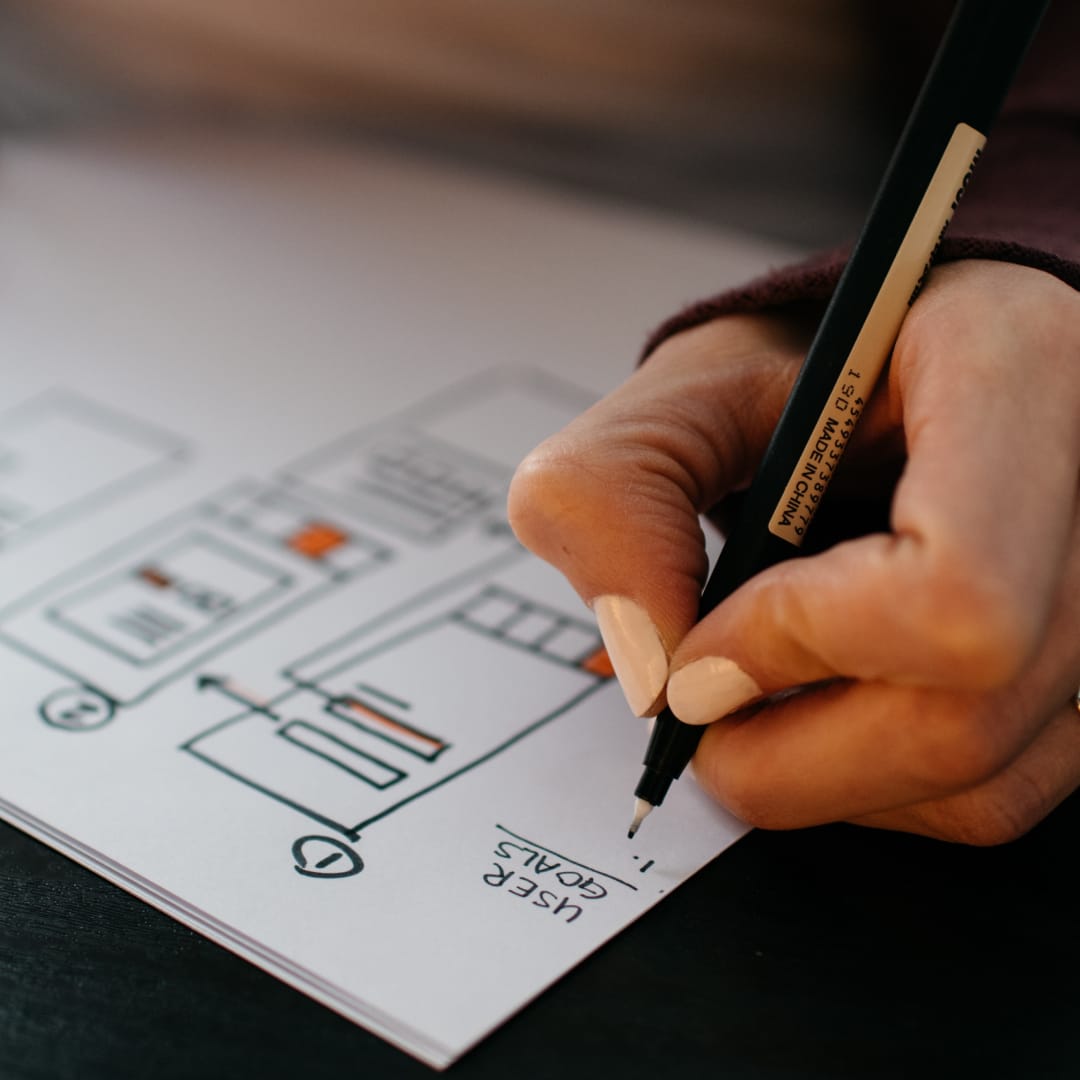If you are still reeling from the news that Adobe announced its intent to purchase Figma, and the uncertainty and fear it instilled in the design community, last week's Figma release may be calming your nerves.
Figma, a design tool that caters to visual and interaction designers alike, has made a big leap forward and is striving to enable a new kind of designer within the tool: the technical-inclined designer, who is closer to a developer and likes to figure out the logic and set up their designs to scale.
As always, there are pros and cons to new features announced (e.g. day-to-day productivity improvements, variables, advanced prototyping, dev mode, etc.) and, more so, the business model applied to them. Especially because most designers have been used to Figma as a tool that gives them a lot of value for relatively little money. That’s about to change.
Last week, Figma introduced lots of little improvements to streamline designer and developer workflows and topped them with the introduction of fully integrated variables, tokens and themes, supporting responsive design, design system management and prototyping. The introduction of these capabilities gives the tool a more powerful, but potentially complicated, backbone.
Though Figma managed to retain simple workflows and enable designers to grow into more complex ones with this release.
Life just got easier…
Design systems and component management are dramatically simplified with the introduction of variables, though not all areas necessary to enable a fully-fledged design system are available yet. But the missing pieces, like typography, shadows, border, and a few more, are on the roadmap and will hopefully follow shortly. Prior to this release, designers did not have the ability to view and compare the same component in different modes or themes, which is a very nice addition, as well as the organization of variables and tokens. Who knew that tables would celebrate a comeback for designers?
Bringing the developer closer to the designer's work by adding a developer mode and cleaning out the creative reminisce of chaos into a simpler view is a big win in streamlining designer-to-developer communication. Doing so without designers having to create more documentation will speed up reaching a finished product as intended. It will also open up a completely new revenue stream for Figma.
…and more complicated
With the improved prototyping capabilities, designers will have to get even more ready to set expectations with stakeholders because the new interactions enabled by Figma prototyping + variables are powerful. Visual prototyping received a boost through the introduction of more developer-centric capabilities, allowing for more comprehensive prototypes with less effort, and reducing the need to build out every single screen for complex flows and interactions.
This requires a more technically inclined designer and an appetite to implement logic into prototypes that are more abstract and complicated than designing screens and visually connecting them. Designers can now simulate working software and bring it to life right inside Figma.
Even though there was very little pricing announced at Config, times have changed to access all the goodness of the release. It is now time to monetize the community Figma has created. Figma announced that variables will be part of all license tiers, but has silently decided to limit the number of modes per licensing model. Clever, but not straightforward, though the likelihood of many modes being necessary will most likely only be applicable for larger enterprises.
Overall, we believe Figma is moving in a direction that is very exciting to most designers.
I am looking forward to seeing our team take full advantage of these improvements and bring even better outcomes to our clients.








